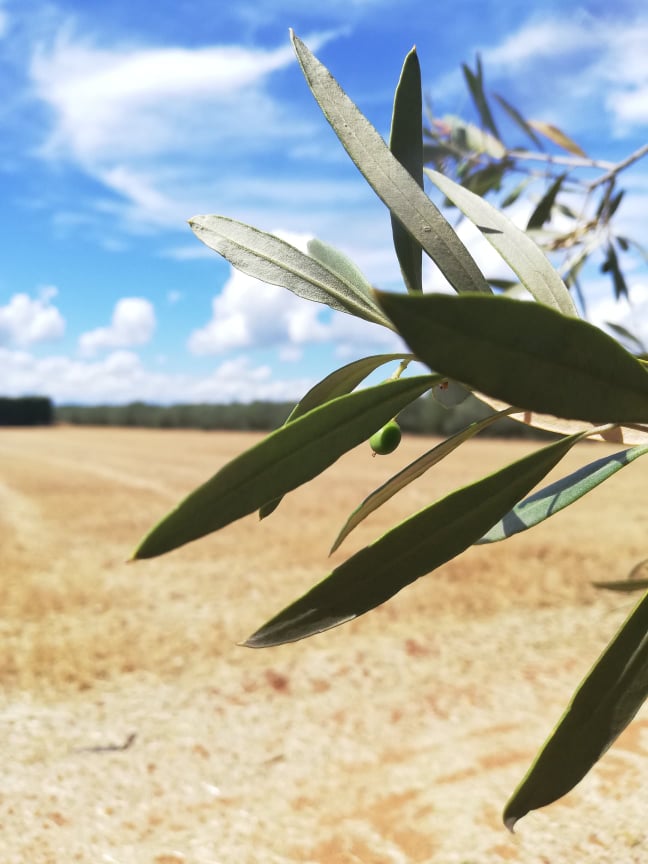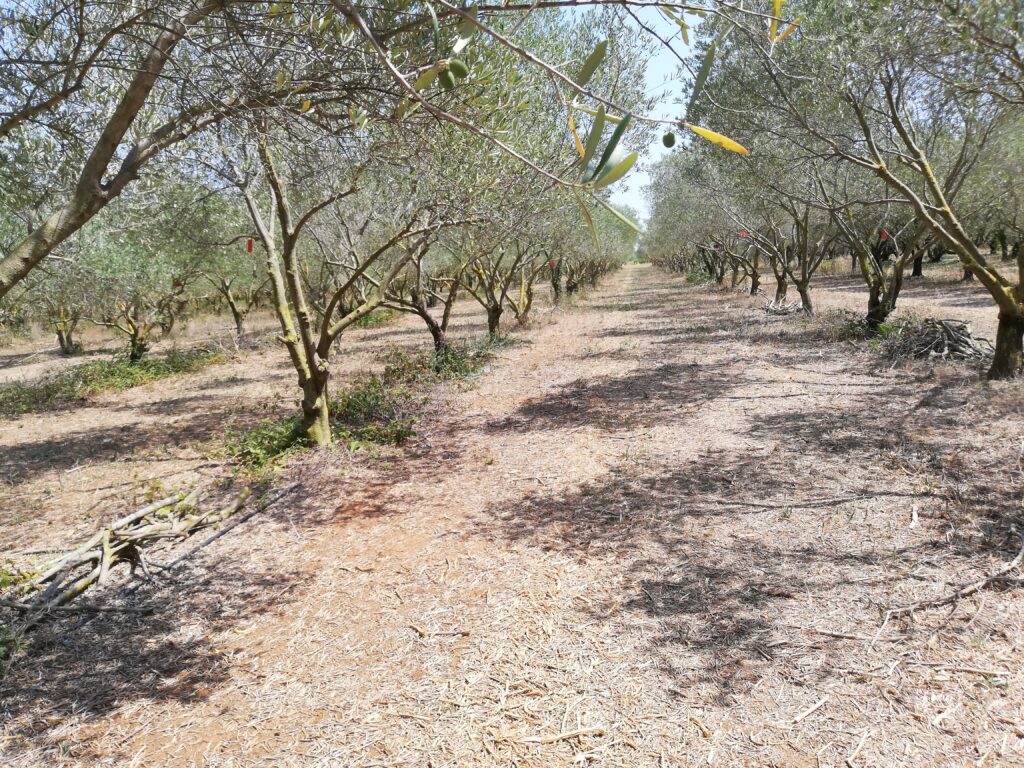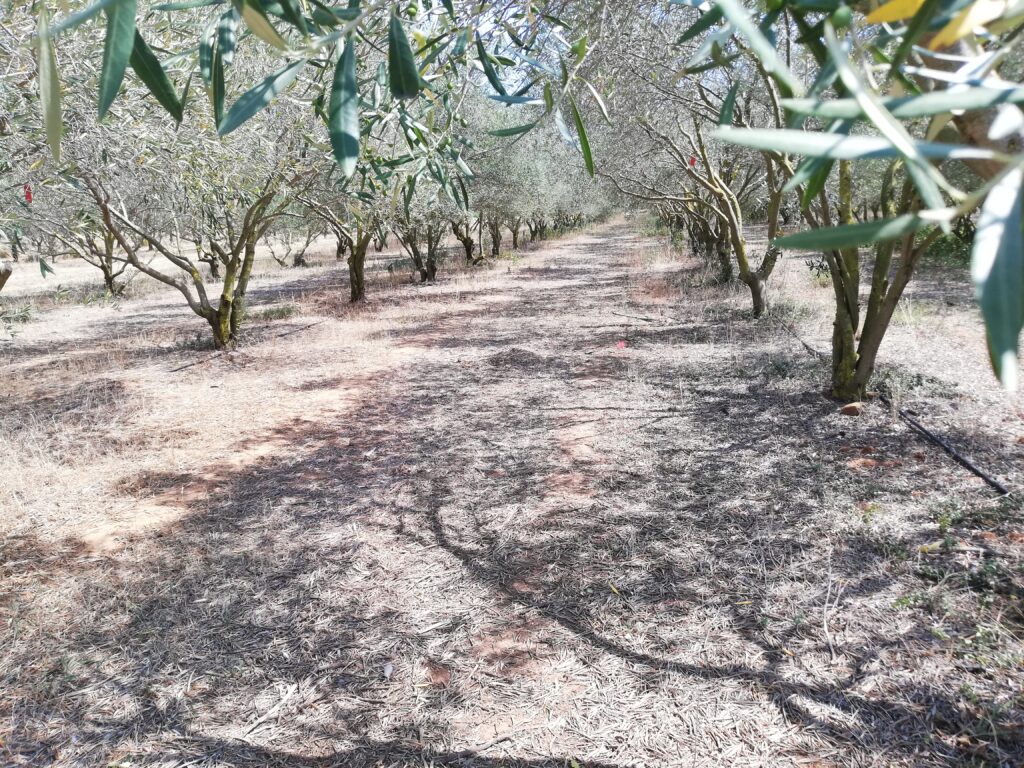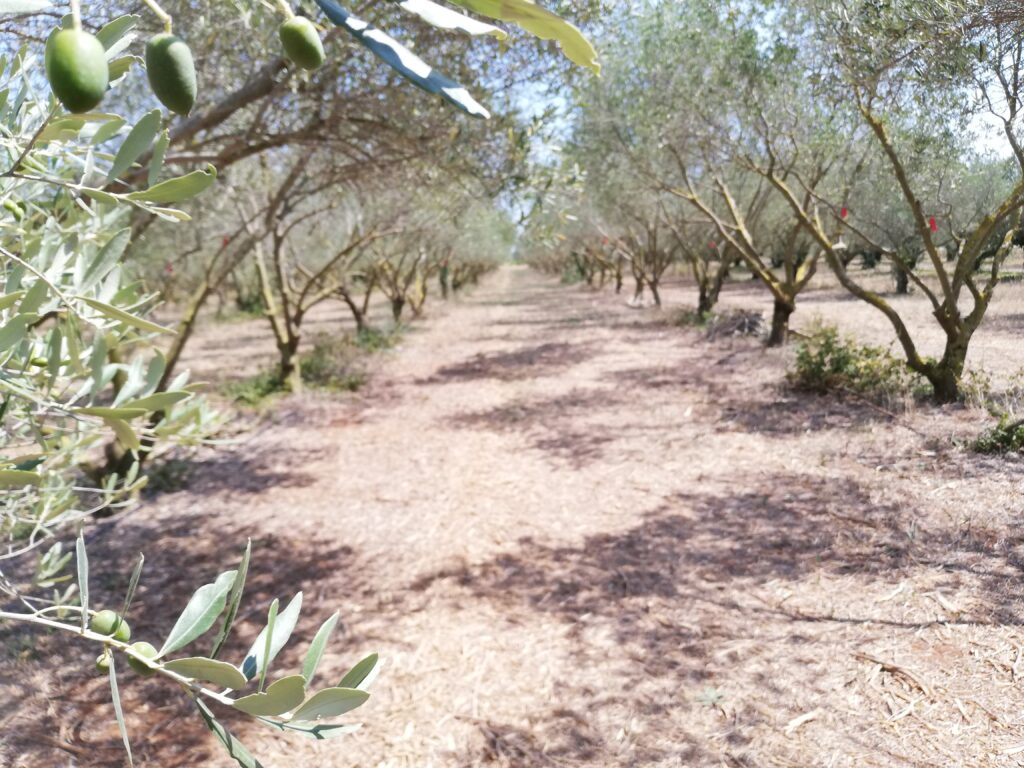Introduction
Agroforestry, the integration of trees, crops, and animals, can offer the possibility of a more environmental sustainability fruit production compared to traditional orchards. These “high-value tree”-based agroforestry systems provide several benefits for tree growers. For example, they allow diversifying the production, thus increasing resilience towards climatic or economic changes, while at the same time increasing the total production of the agricultural plot compared to separate orchards and annual crops. Another benefit can be an increase of soil fertility, in particular through nitrogen fixation by legume crops. Other benefits include increased pollination, improved natural regulation of pests or improved infiltration and water retention capacity of the soil. They also provide other ecosystem services such as carbon sequestration or biodiversity conservation.
Co-design workshops
Two workshops were organised with stakeholders in France. The aims of the first one (co-design worksho) were: 1) to raise awareness of participants about the possibilities offered by diversified olive groves, 2) to stimulate exchanges of ideas between participants and 3) to co-design HSD system(s) based on olive trees that could then be tested in virtual experiments. Due to the high number of stakeholders involved, the participants were divided into three subgroups, with different objectives. One subgroup worked on diversification of olive groves with service crops (to increase soil fertility, improve water infiltration, reduce erosion), and two subgroups worked on the diversification of agricultural systems including olive production to increase total productivity of the plot while maintaining or improving soil fertility and water infiltration, and reducing erosion. All groups worked in a framework of constraints that were decided beforehand (soil type, slope) or during workshop (conventional/organic, commercialization channels…).



The second workshop aimed at co-evaluating the HSD systems, based on modelling results and integrating farmers’ knowledge. The farmers were satisfied with the credibility of simulated results, but they pointed to important aspects that are not taken into account by the model:
- Is it necessary to adapt the system to existing machinery or should we adapt machinery to innovative systems?
- Would machinery-sharing cooperatives be a solution?
- Importance of pruning residue incorporation.
- In the modelling results, there was not enough attention paid to the optimization of sowing and mowing dates of the cover crop.
- It could be possible to use “compact” varieties of olive trees, to reduce light competition.

Field experiments
Field measurements were performed on olive trees (in monocrop orchards, in agroforestry and on isolated trees) in order to parameterize the model.






Modelling results
The hi-sAFe model was used to simulate the ecosystem services and disservices (namely, water and nitrogen satisfaction in olive trees, olive tree crown volume, agricultural production, soil erosion, nitrogen leaching, reduced soil evaporation) in 2 different conditions (deep and shallow soil), comparing the reference olive grove (red lines), with difversified systems, either with legumes cover crops to replace fertilization (in green in the first plot), or with arable rotation and lettuce on the tree line (black line in the second graph). The results show that the legume intercrop has some environmental benefits, but greatly reduces olive production, while the agroforestry system in the deep soil allows both an increase in total production (olive + crops) and environmental benefits.


| Virtual experiment | Aim | Conclusion |
| 1 | Replace fertilization by a legume cover crop and reduce evaporation | Introducing a cover crop reduces water evaporation |
| Biological fixation brings only half of the reference dose of fertilizer and nitrogen fixation is reduced as trees grow and exert more competition | ||
| Olive yield in the olive-legume system is intermediary between the reference and the non-fertilized system | ||
| Diversification can have other beneficial environmental impacts, e.g. improvement of soil organic matter | ||
| 2 | Diversify production | Total productivity is increased (LER close to 2) |
| Olive yield is decreased and the irregularity of production is increased | ||
| Organic soil carbon is increased ; water evaporation is decreased ; nitrogen lixiviation is increased ; the need for irrigation and fertilization is increased | ||
| Reducing the width of the arable alley and increasing the width of the lettuce is beneficial after 7 years, as arable crop yield is getting low due to the heavy shade, while lettuce benefits from tree shade | ||
| 3 | Chronology of plantation in olive-grapevine systems | Competition by trees had a minimal impact on grapevine yield, and the grapevine benefited from the microclimate created by olive trees |
| The presence of grapevine seems to accentuate the irregularity of production of olive trees. Olive trees perform better when planted in existing vineyard |
